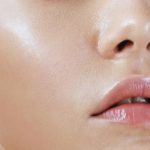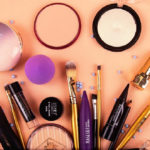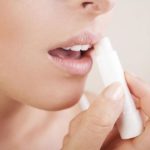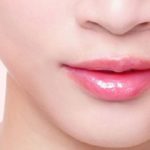Sleeping mask is a beauty product that nourishes, rejuvenates, and restores the skin during the night. This is considered the best time to help the skin regenerate without being affected by UV rays like during the day.
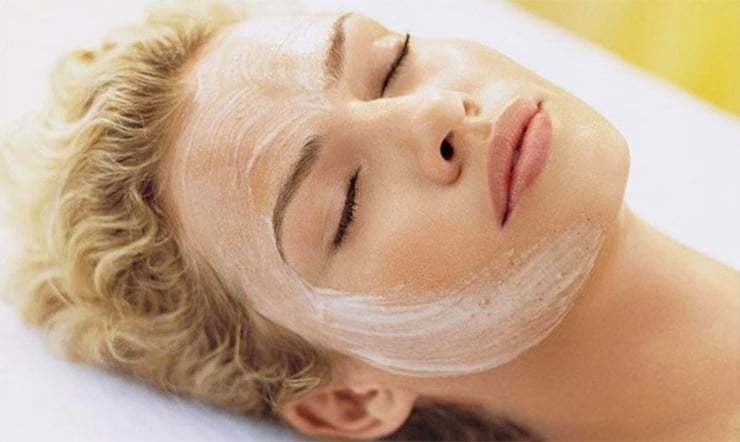
There are currently two types of sleeping masks on the market:
Sleeping mask for the face
Sleeping masks for the face contain various vitamins, collagen, and hyaluronic acid with a thin and lightweight texture that absorbs easily and does not clog the skin.
Sleeping mask for the lips
Sleeping masks for the lips have a dense and special texture that is effective, especially in winter, to prevent chapped lips.
Mistakes when using sleeping masks
Inappropriate frequency of use
Sleeping masks have moisturizing and hydrating effects, helping the skin accelerate the process of shedding dead cells. Sleeping masks have many benefits for the skin; however, according to recommendations from experts, they should not be used daily because using them too frequently will cause the skin to produce more oil, lose its natural moisture, and be prone to acne.
For people with oily skin, acne-prone skin, and sensitive skin, using a sleeping mask 1 to 2 times a week is sufficient.
Insufficient cleansing before applying the mask
When the skin is not thoroughly cleansed, makeup residue and dirt will have the opportunity to penetrate deep into the skin, causing the skin to become clogged and break out. To maximize the effectiveness of the nutrients in the sleeping mask, you need to remove makeup and cleanse the skin more thoroughly.
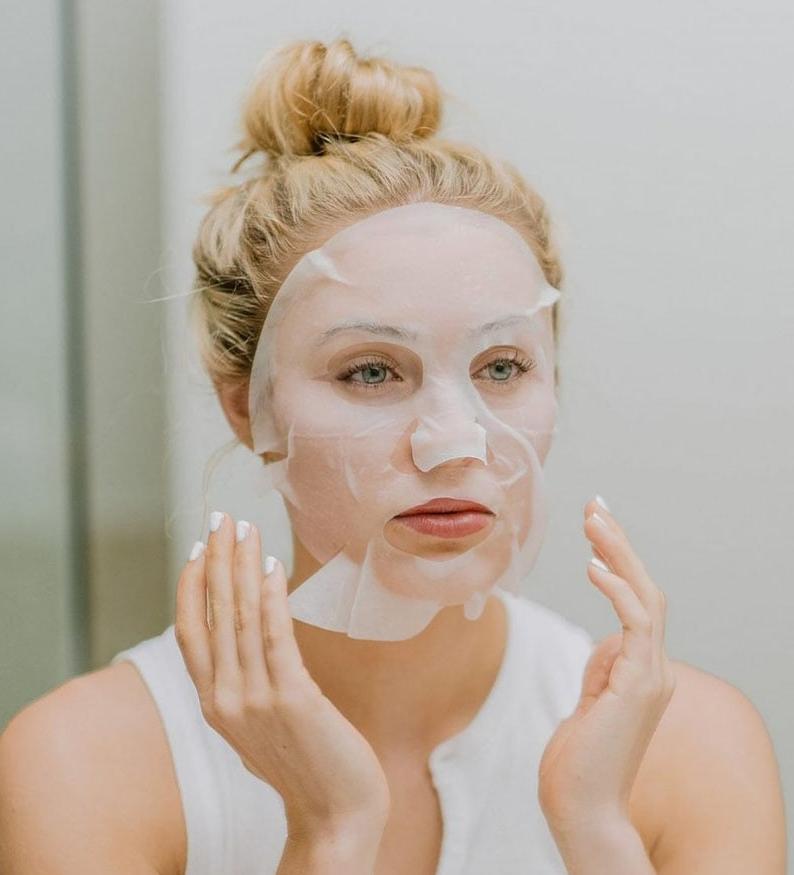
Using hands to apply the product
Many people have the habit of using their hands to scoop the product and apply it evenly on the skin. However, hands and nails can harbor bacteria, causing clogged pores and product deterioration. Therefore, you should use a dedicated brush/spatula to scoop the product and clean the brush/spatula after use to ensure hygiene.
How to use a sleeping mask
After removing makeup and cleansing the face, you can use a toner or moisturizing serum to balance the skin, and then finally use the sleeping mask to apply on the face.
Take a sufficient amount of the sleeping mask cream or gel, apply it evenly on the skin. Then, gently pat and massage with your hands for about 5 minutes to allow the nutrients to absorb into the skin before going to bed. The next morning, you can proceed with your normal skincare routine.
























